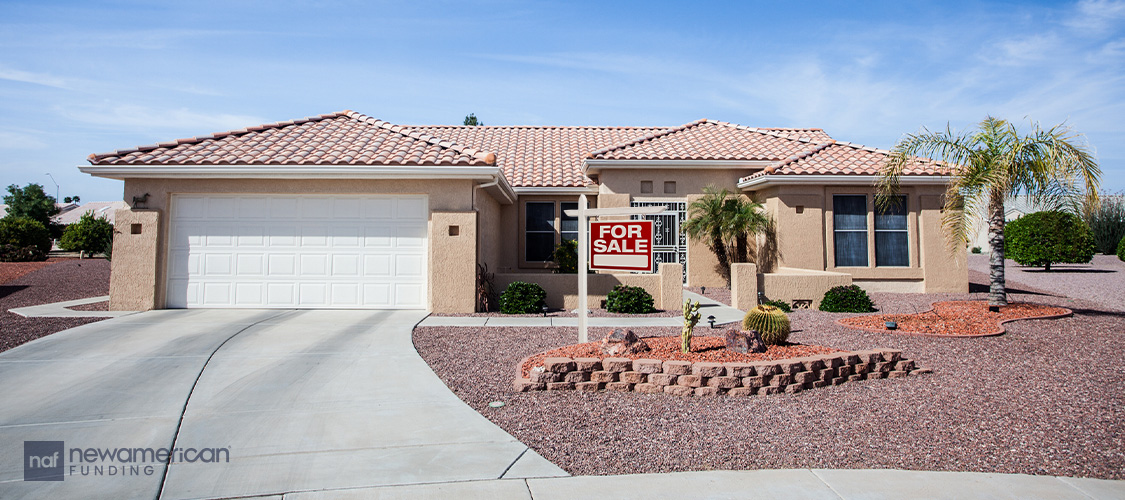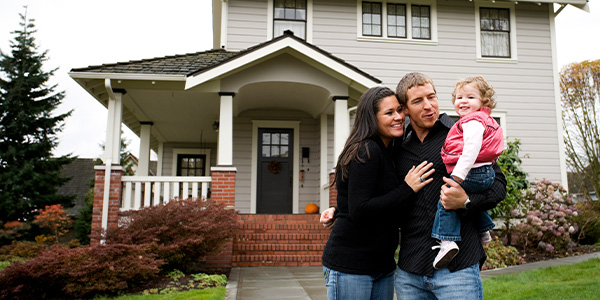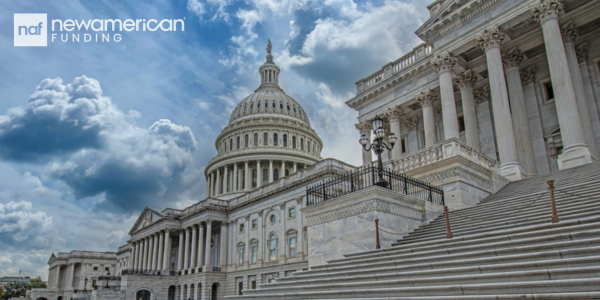Housing News
More First-Time Buyers Are Purchasing Homes in These Surprising States
November 5, 2024
Despite high home prices and rising mortgage rates, more first-time homebuyers became first-time homeowners in the Northeast and Midwest.
The percentage of first-time buyers surged 14.3% in Rhode Island, according to a Freddie Mac analysis. The state was followed by Iowa, at 12.4%, and Nebraska, at 11.3%.
Freddie Mac looked at the percentage of mortgages to first-time buyers that it funded from 2019 compared to the four quarters ending in the second quarter of 2024. The government-sponsored entity funded about a quarter of all mortgages made to first-time buyers in 2023.
New buyers were able to get into homes in the Northeast and Midwest because they were fewer repeat buyers in those regions that they needed to compete against, according to Freddie Mac.
“Furthermore, affordability constraints are also not as acute given home prices since 2019 haven’t grown as fast as in other regions,” said Len Kiefer, deputy chief economist at Freddie Mac.
For the last 20 years, the share of first-time buyers has risen from roughly 20% of Freddie Mac-funded mortgages to more than 50% of loans in the second quarter of 2024.
Recently, the increase in first-time buyers may be at least partially due to the mortgage “lock-in” effect. Many existing homeowners secured record-low mortgage rates during the pandemic—and are reluctant to buy a new home at a higher rate.
That means there is less competition in the market for first-time buyers.
“If mortgage rates remain above 6%, many of the seasoned owners will continue to be locked into their current mortgage,” said Kiefer.
10 States with the Largest Increases in First-Time Homebuyers
- Rhode Island: 14.3%
- Iowa: 12.4%
- Nebraska: 11.3%
- Wisconsin: 10.9%
- Connecticut: 10.8%
- Minnesota: 10.4%
- Vermont: 10%
- Michigan: 9.7%
- Delaware: 9.5%
- Alaska: 8.7%
Which states had the smallest increase in first-time homebuyers?

The percentage of first-time buyers grew at a slower rate in retiree hotspots in the South, such as in Arizona, South Carolina, and Florida. In addition, there were fewer new buyers in North Dakota and Louisiana than there were five years ago.
There were plenty of people who sold their homes in pricier California to purchase likely cheaper properties in Arizona and other destinations popular with retirees during the pandemic.
These repeat buyers may have been able to use the equity they built in their previous homes to help fund their new purchases, something that first-time buyers are unable to do. That puts cash-strapped, first-time buyers at a disadvantage.
“These states also have a lot of repeat buyers,” said Kiefer. “First-time homebuyers have had to compete with more non-first-time homebuyers in these states.”
The lack of home affordability is likely to hurt future first-time homebuyers. Prices of homes remain high, at a median $399,933 in September, according to Zillow data.
Starter home prices are also rising at higher levels than pricier homes. Prices were up 63% more for entry-level homes than high-end properties from January 2000 to July 2024, according to Freddie Mac.
This is in addition to a lack of homes for sale, higher mortgage rates, and a rising unemployment rate.
10 States with the Smallest Increases in First-Time Homebuyers
- North Dakota: -1.5%
- Louisiana: -0.2%
- Arizona: 0.7%
- South Carolina: 1.1%
- West Virginia: 2.5%
- Hawaii: 2.7%
- Florida: 2.8%
- Utah: 3%
- Virginia: 3.6%
- Idaho and Maryland: 3.7% (tie)






 Smart Moves Start Here.
Smart Moves Start Here.